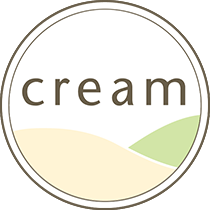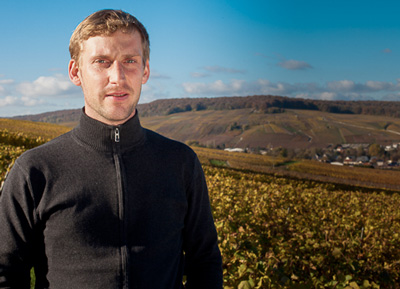Champagne Laherte Freres
VISIT THIS PRODUCER'S WEBSITE
LOCATE ON GOOGLE MAPS
A CREAM IMPORT SELECTION
Country of Origin: France
Location: Chavot, Côteaux Sud d’Épernay
People: Laherte Family, Owners | Aurélien Laherte, Winemaker
Viticulture: Practicing Biodynamic
Items
Founded in 1889 by Jean-Baptiste Laherte, this family-run estate has been in the Lahertes’ hands for seven generations. Since 2005, Aurélien Laherte - the seventh generation - has been giving a new dimension to the estate, while following in the footsteps of his father Thierry and his uncle Christian, the Laherte brothers. Their 10-hectare estate, 75 parcels, are situated in 3 distinct areas: the southern slopes of Épernay, the Côte des Blancs, and the Marne Valley.
The family highly prizes their vines, many of which have undergone 70 harvests. They work as naturally as possible with biodynamic and sustainable practices: plant infusions to improve natural defense systems, high foliage so that the photosynthesis ensures a nice maturity, and planning the pruning work and treatments on favorable days in order to strengthen the vine stocks. They feel that it is absolutely essential to manage the soil with great care in order to preserve its balance.
The grapes are pressed at the estate in the village of Chavot, with two 4,000-kilo traditional presses. Their techniques aim to preserve as much of the natural qualities of the grapes as possible. With that in mind, they barrel by gravity, allow for slow and spontaneous fermentation with natural yeasts, stir the lees depending on the characteristics of the wine, and use a low and precise dosage. They focus on single-parcel fermentation so that they can purely transmit the characteristics of the soil and place. The estate has over 350 oak barrels in which it ferments and matures 80% of the parcels to highlight each terroir. They carefully blend the parcels to create a unique personality for each wine they produce. The result is wine that truly reflects the nuance of its place and time.
Media Links
Punch: Champagne's Next Revolution is Now

